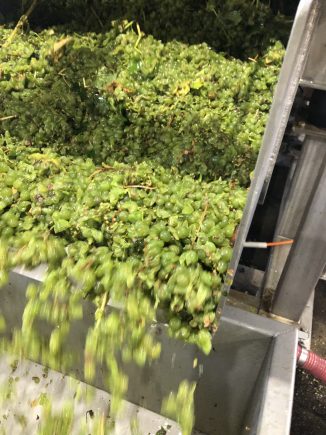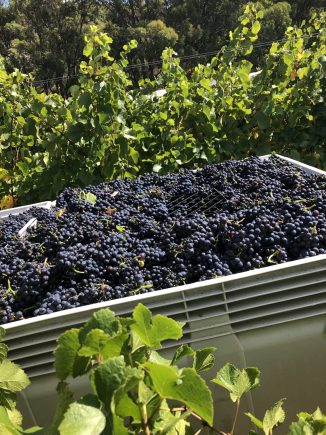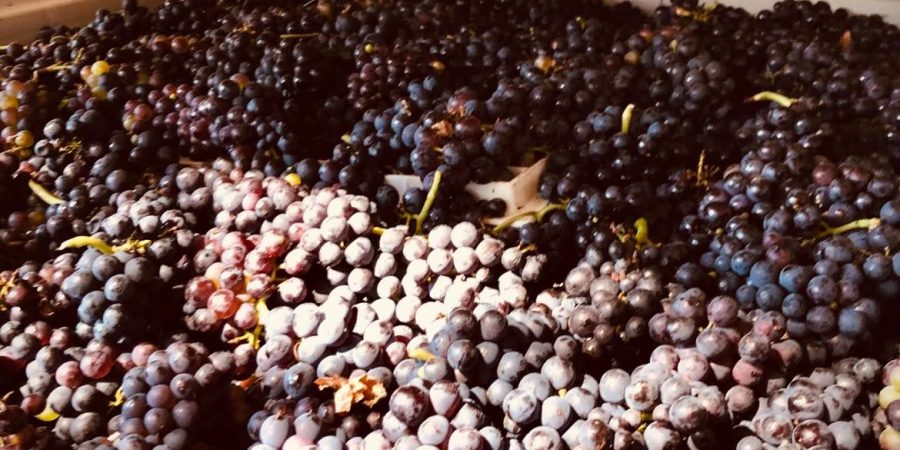 I never thought I’d have to put a number on it, but I’d say 860 Olympic swimming pools constitutes “too much” wine.
I never thought I’d have to put a number on it, but I’d say 860 Olympic swimming pools constitutes “too much” wine.
According to Rabobank’s recent Wine Quarterly Q3 2023 report, that’s exactly how much Australia has in oversupply right now.
2 billion litres
or
2.8 billion bottles
or
116 bottle per person!
I’d like to think I could give it a red hot go, but even I need to draw the line somewhere!
So, why do we have such a glut of wine?
Before I answer that, let me go on the record as saying, I’m not personally pointing the finger at any one global superpower.
I’m just here to report the facts.
And the facts are…
China imposes massive tariffs
At the end of 2020, China imposed provisional tariffs (ranging from 107% to 212%) on Australian wine. Then in April 2021, they announced that those tariffs would remain in place for five years.
You should have a quick re-read of this blog I wrote about the whole shemozzle.
It came as quite a blow to the Australian wine industry with China accounting for 36.7% of wine export revenue.
What else?
 Although, it’s contributed to a large percentage of it, the global economic shift is not entirely to blame.
Although, it’s contributed to a large percentage of it, the global economic shift is not entirely to blame.
Unluckily, the tariff coincided with an exceptional growing season and Australia’s largest crush on record.
According to the Rabobank report wine production for the ’21 vintage increased 36 per cent year on year. This would have led to an oversupply even without the tariffs.
Also, during the same period, Australian wine exports to the UK slumped as the country came out of its pandemic lockdown and people consumed less alcohol from home.
Then add logistics bottlenecks and inflation into the mix. These were major hurdles in the way of plans to grow and diversify exports into other regions.
What a mess!
Loving our blog? Sign up for weekly updates straight to your inbox…
What next?
Improving trade relations between the two countries and the recent removal of Chinese tariffs on Australian barley provides some hope that the five-year tariffs placed on Australian wine may be removed early.
However, even in if the tariffs were removed this year it would still take us at least two years to work through our current wine surplus.
And that is assuming that Chinese consumption of Australian wine recovers quickly. However, when the tariffs were introduced Chinese consumers began transitioning away from wine as part of a broader decline in alcohol consumption on a per capita basis. So even that is going to take time to recover.
Bad news for Australia growers
 In Australia’s wine regions, the prices of grapes for red wine have fallen by more than half. In South Australia’s Riverland (the largest growing region in the country) the price growers get for shiraz is down 67% since 2020.
In Australia’s wine regions, the prices of grapes for red wine have fallen by more than half. In South Australia’s Riverland (the largest growing region in the country) the price growers get for shiraz is down 67% since 2020.
At the moment, it’s costing high volume growers more to grow, pick and transport their grapes than someone is willing to pay for them at the other end. And that’s just not sustainable.
So, those growers will have to start thinking seriously about their future in grapes. Some will ride it out by only picking white varieties and others will start replanting red varieties with white ones. But that obviously takes time.
Sadly, the only option from some is to get out entirely.
Fleur Connick from the Guardian wrote this telling article on the mental health of grape growers in the Riverland.
But good news for consumers
Although inflation is doing its bit to counter the effects, the current wine glut is helping to keep prices low for the consumer.
I probably shouldn’t tell you to drink more wine, but…
If you ARE going to buy wine, make sure you buy Australian wine!
